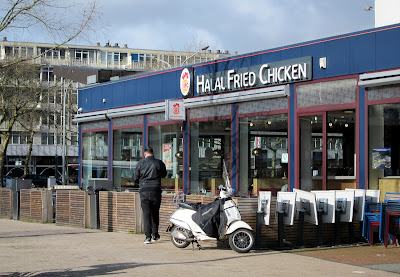Flavourful Saskatoon, June 29, 2020

Local News Broadway residents (and other organic vegetable lovers) will be pleased to hear that Our Farm will be back in its usual spot on Broadway and 8th Street (parking lot of St. Joseph’s Church) starting Saturday , July 3 , and right through until Oct. 3 . Pick up local, organic vegetables and other products from 8 am to noon. You can also shop online starting July 2 . I’m looking forward to finding out how the store works as sometimes they run out of something I really wanted. (This week's photos were taken at past Our Farm markets and do not reflect current social distancing requirements that Our Farm plans to implement.) SaskOrganics is offering a webinar on fostering biodiversity on farms from 9:30-10:30 am , July 10 . The Local Kitchen is offering youth cooking classes this summer for ages 8-12 and 11-14. The Prairie Lily riverboat is back in action. Join them for a white wine tasting from 7-8:30 pm , July 8 . City Perks and Sparrow are slowly ope...




